




Bignonia Capensis
Bignonia capensis, commonly known as Cape Honeysuckle, is a vigorous, evergreen climbing shrub or vine native to South Africa. It is highly valued for its profuse, trumpet-shaped flowers that come in vibrant shades of orange, red, or yellow. The plant features glossy, dark green leaves and can rapidly cover trellises, fences, or walls, creating a lush, colorful display. It is a popular choice for creating vertical interest in gardens and attracting hummingbirds and butterflies.
- Botanical Name: Bignonia capensis
- Common Name: Cape Honeysuckle
- Mature Height: 10-20 feet (3-6 meters) as a vine, depending on support
- Mature Spread: 6-12 feet (1-3 meters)
- Growth Rate: Fast
- Light Requirements: Full sun to partial shade
- Soil Requirements: Well-draining soil; tolerates a range of soil types including sandy and clay soils
- Water Needs: Moderate; prefers regular watering but is somewhat drought-tolerant once established
- Foliage: Evergreen, with glossy, dark green leaves
- Flowers: Trumpet-shaped flowers in shades of orange, red, or yellow, blooming from late spring to fall
Uses:
- Climbing Vine: Ideal for covering trellises, arbors, fences, and walls, creating a lush and colorful display.
- Garden Feature: Adds vibrant color and vertical interest to gardens and landscapes.
- Container Gardening: Suitable for large containers where it can be grown as a climbing or trailing plant.
- Wildlife Attraction: Attracts hummingbirds and butterflies with its bright, tubular flowers.
Benefits:
- Striking Blooms: Produces large, trumpet-shaped flowers in vibrant colors that create a dramatic visual impact.
- Evergreen Foliage: Provides year-round greenery and interest in the garden.
- Attracts Wildlife: Flowers attract pollinators such as hummingbirds and butterflies, enhancing garden biodiversity.
- Rapid Growth: Quickly covers structures and creates lush, green coverage.
- Moderate Maintenance: Requires relatively simple care with regular watering, occasional pruning, and minimal pest control.
Bignonia capensis (Cape Honeysuckle) is a dynamic and versatile plant that adds beauty and color to gardens and landscapes. Its rapid growth, striking flowers, and ability to attract wildlife make it a popular choice for creating vibrant vertical elements and enhancing outdoor spaces.
Debes acceder para publicar una valoración.
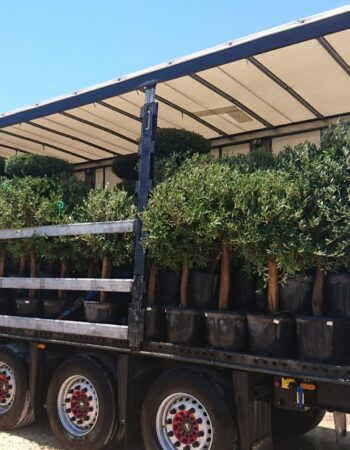
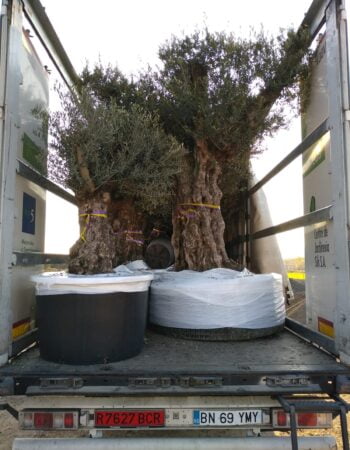
CAREFUL TREE TRANSPORTATION
At Treezom, we take great care in transporting your trees to ensure they arrive in perfect condition. Our expert team uses various methods, depending on the size and volume of the order, to provide safe and efficient delivery. Whether you're ordering a single tree or a bulk order, we guarantee high standards of handling and care throughout the process.
MULTIPLE SHIPPING METHODS
- Truck Delivery: Ideal for local or regional deliveries, ensuring a smooth and timely shipment of your trees directly to your location.
- Sea Containers (20’ or 40’): Perfect for larger orders or international shipping. Our sea containers are equipped to handle bulk shipments with optimal protection.
- Other Customized Solutions: Depending on the size and nature of your order, we can offer tailored shipping methods to meet your specific needs.
No matter the shipping method, we use specialized packaging and handling procedures to protect the trees during transit, ensuring they arrive healthy and ready for planting.
Below, you’ll find key tips tailored to this species’ requirements. Whether you’re new to plant care or have plenty of experience, these guidelines are here to support you in keeping your green companion healthy and vibrant.
- Planting:
- Choose a location with full sun to partial shade and well-draining soil.
- Dig a hole twice the width of the root ball and equal in depth.
- Place the plant in the hole, backfill with soil, and water thoroughly.
- Provide a sturdy support structure, such as a trellis or arbor, to accommodate its climbing growth.
- Watering:
- Water regularly during the growing season to keep the soil consistently moist.
- Allow the top inch of soil to dry out between waterings.
- Once established, Cape Honeysuckle is somewhat drought-tolerant but will benefit from regular watering during dry periods.
- Pruning:
- Prune in late winter or early spring before new growth begins to control size and shape.
- Remove any dead or damaged wood and thin out crowded areas to improve air circulation.
- Regularly remove spent flowers to promote new blooms and maintain a tidy appearance.
- Fertilizing:
- Feed with a balanced, slow-release fertilizer in early spring to support healthy growth and flowering.
- Avoid excessive fertilization, which can lead to lush foliage growth at the expense of blooms.
- Reduce fertilization in the winter months or during periods of dormancy.
- Pest and Disease Control:
- Cape Honeysuckle is relatively pest-resistant but can occasionally suffer from pests such as aphids, spider mites, and scale insects; treat with insecticidal soap or horticultural oil if necessary.
- Monitor for fungal diseases like powdery mildew and root rot; ensure good air circulation and avoid waterlogged soil.
- Regularly inspect the plant for signs of pests or disease and address issues promptly.
*This information is provided for informational purposes only. For more detailed care, please consult a professional Gardener or Arborist.


 SINGLE TREE
SINGLE TREE OUTDOOR POTS
OUTDOOR POTS






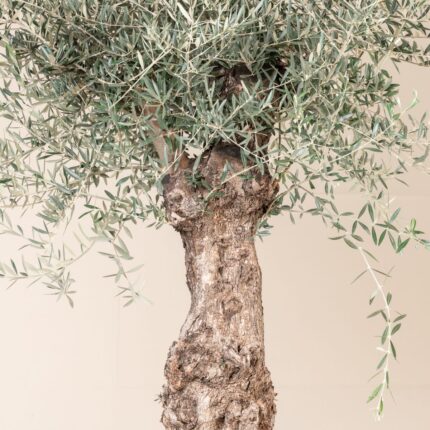

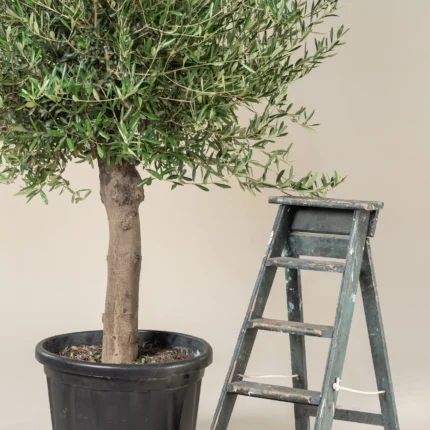
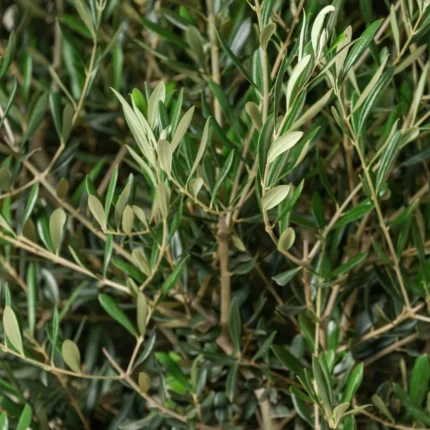

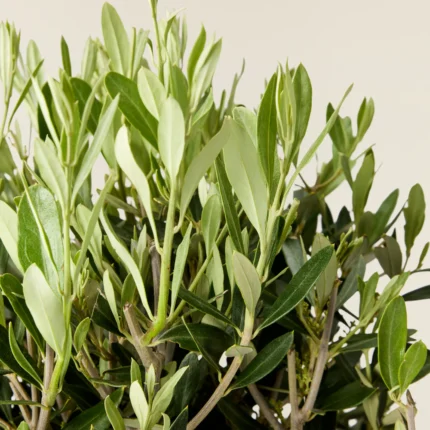






 Single Tree
Single Tree
Valoraciones
No hay valoraciones aún.